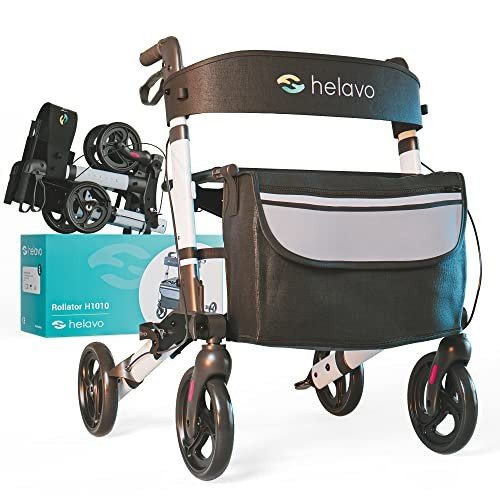
Indoor walkers, often referred to as walking frames or rollators, are aids designed to provide support and stability for individuals requiring assistance while walking. They cater to a diverse range of users from the elderly to those recovering from surgery or dealing with mobility impairments. This article delves into various aspects of indoor walkers, helping potential users understand their importance, types, features, maintenance, and frequently asked questions about their use.
Indoor walkers play a crucial role in enhancing mobility, independence, and overall quality of life for individuals with limited mobility. Some key benefits include:
Choosing the right type of walker is vital for ensuring safety and comfort. The following are the most common types of indoor walkers:
Standard Walkers: Often referred to as walking frames, these are simple frames without wheels. They provide maximum stability but require users to lift the walker each time they take a step.
Two-Wheeled Walkers: These walkers have two wheels at the front, allowing easier movement while still offering the support of a frame. They are suitable for those who require more mobility but still need stability.
Four-Wheeled Rollators: Rollators come equipped with wheels on all four corners, often featuring a seat and a storage bag. They allow for smooth movement and are ideal for users who can walk but may need to sit down occasionally.
Walker with Seat: This type combines the benefits of a walker with a seating option, providing users the ability to rest at any time while remaining supported.
| Walker Type | Stability | Mobility | Seat | Ideal for |
|---|---|---|---|---|
| Standard Walker | High | Low | No | Users needing max support |
| Two-Wheeled Walker | Medium | Medium | No | Moderate mobility users |
| Four-Wheeled Rollator | Low | High | Yes | Active users needing rest |
| Walker with Seat | Medium | Medium | Yes | Users needing frequent breaks |
When selecting an indoor walker, several crucial features warrant attention to ensure that the chosen product meets individual needs effectively:
Ensuring the longevity and functionality of indoor walkers necessitates regular maintenance:
| Maintenance Task | Frequency |
|---|---|
| Visual Inspection | Weekly |
| Cleaning Frame and Fabric Parts | Biweekly |
| Brake Function Check | Monthly |
| Wheel Cleaning and Lubrication | Monthly |
Choosing a standard walker or a rollator with a seat can be ideal, as they offer excellent support. The choice will depend on the individual's mobility levels.
While many walkers can be used outdoors, rollators tend to perform better on uneven surfaces due to their wheels. Ensure that the walker is suitable for outdoor use.
Height should be the primary concern when selecting a walker. You can determine the proper height by checking if the handgrips are at wrist level when the user is standing straight.
Most indoor walkers are designed with adjustable heights to accommodate different users. It’s best to check product specifications before purchase.
Consider your mobility level, weight capacity, and whether you need the ability to sit down. Testing different walkers in-store or consulting with a healthcare provider can be beneficial.
Indoor walkers are essential mobility aids that provide stability and support for individuals with mobility challenges. By understanding the various types, features, and maintenance needs, users can choose walkers that enhance their mobility and independence effectively. As the ageing population continues to grow, enlightening potential users about the benefits of indoor walkers will ensure that they find the right device to aid their daily activities, fostering confidence and promoting a healthy lifestyle.
Məlumat tapılmadı!
